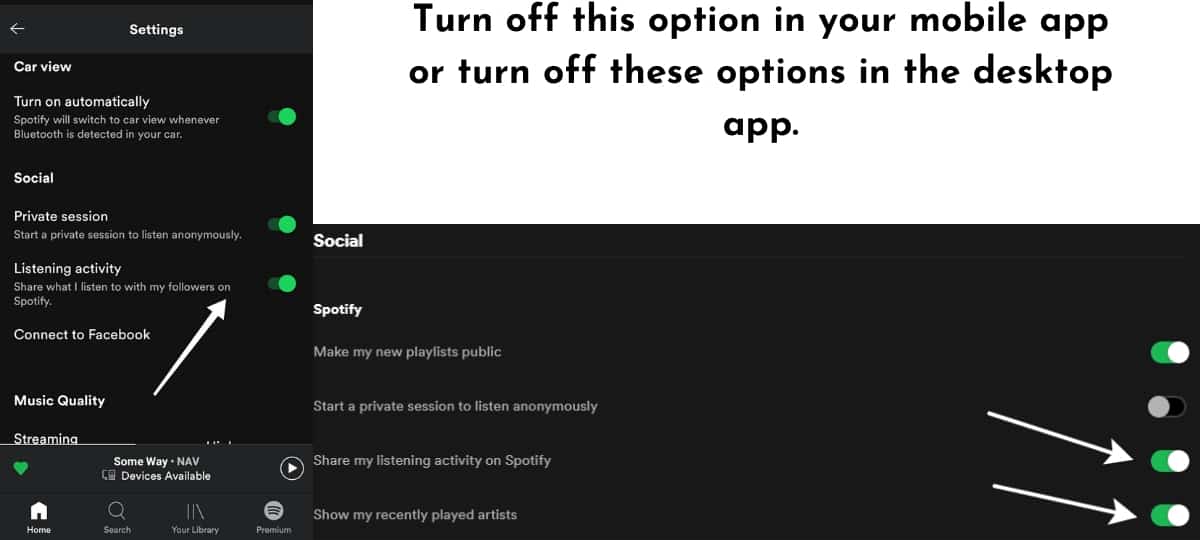

In this way, the attacker is able to get ahold of a session cookie and use it to take over the session. In session side jacking, a criminal uses “packet sniffing” to monitor an internet user’s network traffic to search for sessions. They may gain access when the user uses unsecured Wi-Fi or by engaging in man-in-the-middle attacks.

The attacker steals the session, goes on a shopping spree, and pays with Justin’s saved credit card. The email was sent by an attacker, who included his own session key in the link. Session hijacking example #2: Justin gets an email about a sale at his favorite online retailer, and he clicks the link and logs in to start shopping.A hijacker at the next table uses “session sniffing” to grab the session cookie, take over the session, and access her bank account. Session hijacking example #1: Cassie is sitting in a coffee shop sipping a latte and checking her money market account balance.Here are a few hypothetical examples of session hijacking: They can steal money from the user’s bank account, purchase items, grab personal data to commit ID theft, or encrypt important data and demand a ransom for its return. Once the original internet user has gone on their way, the hijacker can use the ongoing session to commit an array of nefarious acts. Session hijacking Step 3: The session hijacker gets a payoff for stealing the session. When the criminal gets the session ID, they can take over the session without being detected. The session ID is also known as a session key. Many common types of session hijacking involve grabbing the user’s session cookie, locating the session ID within the cookie, and using that information to take over the session. Cybercriminals have different methods to steal sessions. Session hijacking Step 2: A criminal gains access to the internet user’s valid session. The session cookie stays in the browser until the user logs out or is automatically logged out. That cookie contains information about the user that allows the site to keep them authenticated and logged in and to track their activity during the session. The user may log into a bank account, credit card site, online store, or some other application or site. The application or site installs a temporary “session cookie” in the user’s browser. Session hijacking Step 1: An unsuspecting internet user logs into an account. But first, let’s take a quick look at how session hijacking works: There are many different types of session hijacking attacks, and we’ll include details and examples of session hijacking attacks below. Just as a hijacker can commandeer an airplane and put the passengers in danger, a session hijacker can take over an internet session and cause big trouble for the user. In effect, a hijacker fools the website into thinking they are you. Session hijackers usually target browser or web application sessions.Ī session hijacking attacker can then do anything you could do on the site.

However if it is javascript that creates the session Id.What is session hijacking? A session hijacking attack happens when an attacker takes over your internet session - for instance, while you’re checking your credit card balance, paying your bills, or shopping at an online store.

Without having to do anything in the browser. And when another request is sent to the server the cookie will come too. If it is a session id coming from the server, the server can generate this cookie. You can store and read string information in a cookie.


 0 kommentar(er)
0 kommentar(er)
